Hunting California Quail Without a Dog

A guide to researching, scouting, locating, hunting, and retrieving valley quail without the help of a bird dog
There are many reasons why you may be looking to hunt upland birds without a dog. Maybe you can’t afford a hunting dog, let alone the time and training that is involved in a good and reliable bird dog. Maybe you live in a cramped, studio apartment in Los Angeles. Maybe your significant other is allergic to dogs. Maybe you just don’t like dogs and you’re some kind of weird cat-person. Maybe it just comes down to practicality. You know? It doesn’t really matter.
You’re here because you made a conscious decision to pursue upland game without a dog and you are probably as clueless as I was when I first started. My father was not a bird hunter and mentors were few and far between. There were no GSPs, Drahts, Setters, or whatever a Pudelpointer is around my house when I was growing up. I had no idea about bird dogs and I couldn’t even afford to think about getting one. I lived in small apartments when I wasn’t bumming spaces on sofas or in converted garages. Owning a bird dog was simply not feasible. Even so, I have been able to hunt quail without a dog for the past 20 years.
Now look, before any of you bird dog acolytes try to burn me at the stake, let me just say—I do not advocate for just anybody to go out and hunt without a well-trained bird dog. It’s not easy and it takes a lot of effort to hunt birds successfully and ethically without a dog. Sometimes I come back with only a single bird in the vest. Sometimes I am only rewarded with a great view of the majestic uplands and a parting shot of far-flushing birds. It’s a labor of love! If you want to do this the easy way, cash in your recyclable Pabst Blue Ribbon beer cans for the next couple of years and buy yourself a bird-sniffin’ pooch if your circumstances allow.
I do advocate for the potential upland hunter who just does not have the option of owning a bird dog. The heart yearns for wild places and wild birds. The call of the uplands is strong and I firmly believe that not having a dog shouldn’t be a barrier! This article is for those guys and gals who don’t have access to a bird dog but still want to chase after birds in the hills.
Why target California quail?
You can hunt almost any upland bird without a dog if you really want to, but I find some species are much harder than others. For instance, I do not recommend hunting Mearn’s quail without a dog. These birds hold like the dickens and do not often present good shooting opportunities for the dogless hunter. They just don’t flush.
California quail, also known as valley quail, are a species that seems to cooperate a little more without the use of a bird dog. They hold just enough and will sometimes even give a vocal warning before they flush. However, that does not mean that they are easy. They will give you a run for your money, dog or no dog. They are a worthy game for any hunter.
California quail are what I would call “reliable.” You can often find them exactly where you left them the previous season as long as hunting pressure is moderate. Though they are a hardy and adaptable bird, their numbers will fluctuate with seasonal rains (or lack thereof). Good rains mean more weeds, which means more chicks, and that means great hunting! They eat a variety of seeds, weeds, leaves, berries, and even insects. I have found California Quail with crops full of small acorns and even gobs of ants. This eclectic appetite means they can pretty much live anywhere.
From the Joshua tree and juniper-landscaped high deserts to the lush riparian and rolling hills of oak and even pine forests—if you live in the west, you’re likely in California quail territory! California, Nevada, Oregon, Idaho, and Washington all provide excellent Cali-quail hunting.
Hunting with a dog has many benefits. The dog does a ton of the work out there for you; it sniffs around for birds and leads you to them, points, flushes, and retrieves the birds. Without a dog, you are doing everything that would otherwise be required of a bird dog. You will need to locate, flush the birds, shoot straight, and retrieve all the birds on your own. It’s time to be honest with yourself and ask, do you really want to go on this dogless journey?
To find California quail, start with research, networking, and scouting
Still with me? Good!
You could easily spend hundreds of hours searching for California quail, like I did back in the day. I drove countless miles through the deserts and forests and have strained my eyes reading over all the research papers. Some of the tips here will help fast-track you into some good quail country. Remember that hunting California quail without a dog is part art and a little bit of science.
You’ll need be prepared to research, use technology, and take time to hone your art and practical skills while out in the field. I have pored over articles, scientific journals, and books on California quail for years. I reckon I might know more about California quail than your average dog-runner. This is not a boastful statement! I merely intend to describe just how seriously I take this passion.
I spend a lot of time around quail, especially during the off-season. It’s just part of my craft. By now, I think like a California quail. I know what type of habitat they like. I know what they like to eat by region. I know what each of their vocalizations mean. I know how they might react to certain approaches and I can often anticipate which direction they will flush based on the terrain. It has become an art form.
So how the heck do you find the quail without a dog? I approach quail hunting a lot like I would deer hunting. First, pick up a few regional recreational, National Forest, and Bureau of Land Management maps. It’s also a great idea to pick up an OnX Maps subscription. You’ll need both of these resources and should cross reference them often. Physical maps can act as a backup to e-maps and GPS units, because the internet goes down and batteries die. OnX offers quick information on the fly and gives you the ability to quickly drop a pin to mark areas of interest. You’ll spend a lot of time looking at OnX on your laptop while e-scouting and planning.
Perhaps the easiest way to find quail is through word of mouth and networking. The best sources? Game wardens, forest rangers, locals, and property owners. I also keep a network of non-quail hunting friends like hikers, mountain bikers, campers, and big game hunters who couldn’t care less about measly ol’ upland game.
Make friends with other hunters and become a regular at your local Quail Forever chapter. This method is not always the quickest way to gathering new quail hunting spots. Remember that a ton of hunters walk into Quail Forever chapter meetings only once or twice a year with high hopes of getting intel on quail spots. This isn’t their first rodeo and most of them are wary of these tricks. Put in some time, effort, and hard work into the chapter and you just may get some of those coveted tidbits for quail spots once they feel you can be trusted.
Where I geek out the most is the research part. Some Fish and Game websites will provide general home ranges of California quail. The internet can also be a great source for studies and papers that were written by government biologists and will sometimes provide general locations of their range. Don’t forget to use birding sites like ebird.org which act as a database for bird sightings. Focus on recent sightings and cross reference with your maps and GPS. Like I said previously, this part can take many hours but it can be fun to nerd out on quail!
So? You’re gold, right? Easy!
Well, that’s a start! It takes a bit more than a couple of clippity-clappity’s on your keyboard to find where the quail should be. It takes a bit more work to find where the birds actually are. Although word of mouth, digital maps, GPS technology, and birding sites may give you a fairly good idea of where they are located, you really need to confirm this information by putting boots on the ground. I highly recommend that you scout before the season opens at least a few times.
Scouting for California quail
Now that you have a few spots marked on your maps and OnX, it’s time to get out there and do the nitty-gritty. You’ll need to drive to these places; remember to keep an eye out while you are out there on desert and forest roads. California quail will often scurry across and along the roads. I have had some great hunting experiences just by flushing huge coveys out of roadside ditches. But for now, mark the location on your OnX app and continue to drive out to your original destination. I would also recommend that you keep your windows down and your music off so that you can hear quail calling. If you don’t know what their call sounds like, jump on YouTube or check the species profile page on birding sites for call sound files. If you happen to hear California quail calling while you’re out scouting, be sure to drop a pin so you can check the spot later.
Upon arriving to your scouting location, you should use a call to blast out a few assembly calls. Wait and listen for any return calls. This is a sure sign that birds are in the area, but don’t give up if you don’t hear anything. Sometimes birds don’t respond to calls and you need to get out and walk. Bring a pair of binoculars to watch the hillsides for quail running around at a distance.
Try your best to not disturb the area too much. California quail are tolerant but only up to a certain point. You don’t want to unintentionally blow out your newfound spot. Remember, you’re just verifying if there are birds here. If you see one or two or only hear a couple, that’s great! A handful of birds seen or heard is not always indicative of the size of the entire covey. If you can only confirm a few birds, that is still great news, because rest of the covey may be not very far away. If you’re seeing and hearing a ton of birds, well, that’s even better!
Pay attention to the types of trees and habitat in your scouting area. Keep an eye out for food and water sources. Look for gravelly washes and look for quail tracks, which are three-toed and typically travel in semi-straight lines. Dust beds are small depressions in the dry soil and mean that quail are in the area often. These all are great signs. I recommend scouting out about two to three different spots prior to the season to improve your odds.
READ: How to Hunt California Quail – Nobody’s Royalty
Hunting California quail without a dog
The quail opener! This is where all the hard work pays off! Plan to cover a lot of ground. The more ground you traverse by foot, the better your odds become. Often, it’s just dumb luck stumbling upon a covey or a single bird here and there. You’ll want to keep your head on a swivel, looking for movement all around you. When you’re not paying attention, that is inevitably when the covey will flush!
As far as the preferred time of day, I tend to stick with hunting them at legal light, but will also hunt them in the late morning or early afternoon. I let them rest around 1pm and head back to the truck for lunch and may head back out pre-evening for a short hunt. I haven’t noticed that any particular time of day is better than the others, but I prefer to hunt California quail at first light while they are still grouped and predictably roosted in trees or dense shrubs.
Techniques for in the field
Don’t be afraid of getting into the thick stuff if needed; just be sure you can take clear shots at flushing quail. Brush kicking can produce some great wingshooting. Focus your time in brushy valleys and at the foothills and in the creek washes.
It is not uncommon to put in 10 miles or so when quail hunting. I also find that walking in a straight line is not effective. When hunting for California quail, you should walk in a criss-cross pattern. Birds will most often end up flushing behind you if you walk in a straight line. When you walk the landscape diagonally, the birds will often flush in front of you. It’s called the “Cali-quail Shuffle.”
If you are able, work in a team of two to four dogless hunters. I find that two is a good number for coordinated hunting, but using up to four hunters can really make hunting without a dog pretty effective. I like to position one hunter on the ridge of a hill and have another low in the clear, walking parallel. It could also be effective to use a willing hunter to be the designated flusher and take a dive through the thick stuff or in the dry-creek below to flush out birds to the rest of the group. Positioning must be carefully coordinated and everyone must understand and practice safe shooting when hunting in close proximity with each other. Safety above all else!
Understanding and using quail calls
You can hunt quail using a call. Listen for assembly and alarm calls while you are hunting. You don’t know what that sounds like? Check out AllAboutBirds.org for sound clips of different vocalizations. It’s important that you become familiar with what noises they make. The assembly call is that iconic “Chi-ca-go” call. The assembly call is used to help California quail regroup if they get lost or separated from the covey. If you hear assembly calls, that’s more or less the direction you wanna be going. The other call, which is equally important to be familiar with, is their alarm call. The call is a squeaky and rapid “pip-pip-pip”. When I hear this, it gets my heart pumping! That sound means that some birds are getting ready to flush! The best case scenario is that they are sitting tight in some dense brush and all you have to do is walk up and wait for a spectacular explosion of wings. You think you’ll be ready for it, but you won’t. And your heart is going to jump out of your chest.
Oftentimes, California quail will make a run for it. It’s in their nature. They will still sound their alarm call as they run through dense brush and bramble. Use their call to help you pursue as fast and as safely as you can! For stubborn birds who won’t flush, try to encourage them with a whoop, holler, cough, or let off your best grito. If that doesn’t work, kick gravel or pebbles or throw a small rock or stick into the brush or in front of the running birds. Keep your head on a swivel and listen. By now, birds are getting separated and are desperate to regroup and will start calling out.
While we are on the subject of quail vocalizations, bust out that call! If you don’t have a California quail call, stop what you are doing right now, flog yourself with a wet noodle, and get one immediately. Not the wet noodle! The CALL, ya dope! A California/Gambel’s quail call is a must-have secret weapon for the dogless quail-hunter!
You can use your quail call at the beginning of your hunt to help pinpoint where birds may be. Otherwise, it is most useful after you break up a covey. Instead of running after birds, call them! Sometimes chasing them is not going to be effective and it’s just going to be a literal uphill battle. Sometimes they will end up pushing into stuff where it is just too thick to follow them. Just stop and start calling. Listen for return calls. You may find that some birds have trailed off and are a lot closer than you thought! You can make your way to them or sit tight and entice them with your sweet quail calling skills!
I have enticed many a California quail from their hiding spots and got them to advance towards my calling. I have had quail walk in as close as a couple feet from me. I’ll sit down on the ground and call them in like turkeys. It’s best to try to stay out of view when using a quail call because they have great eyesight and will not respond to a call when they can see you.
You’ll find that you have the best success of getting into California Quail in the early season. This may be true even for the Paw-Patrol hunters, but especially so for the dogless hunter. Birds will get pressured and they will adjust accordingly. They will run more and flush less. When they do flush, it’s further out. They will also stop responding to calls and may be less vocal. The upland hunter who utilizes a dog can still locate and pin down coveys, but it’s not that easy for us dogless folk. Late season birds are for those who truly believe that even a single quail in the vest is a trophy.
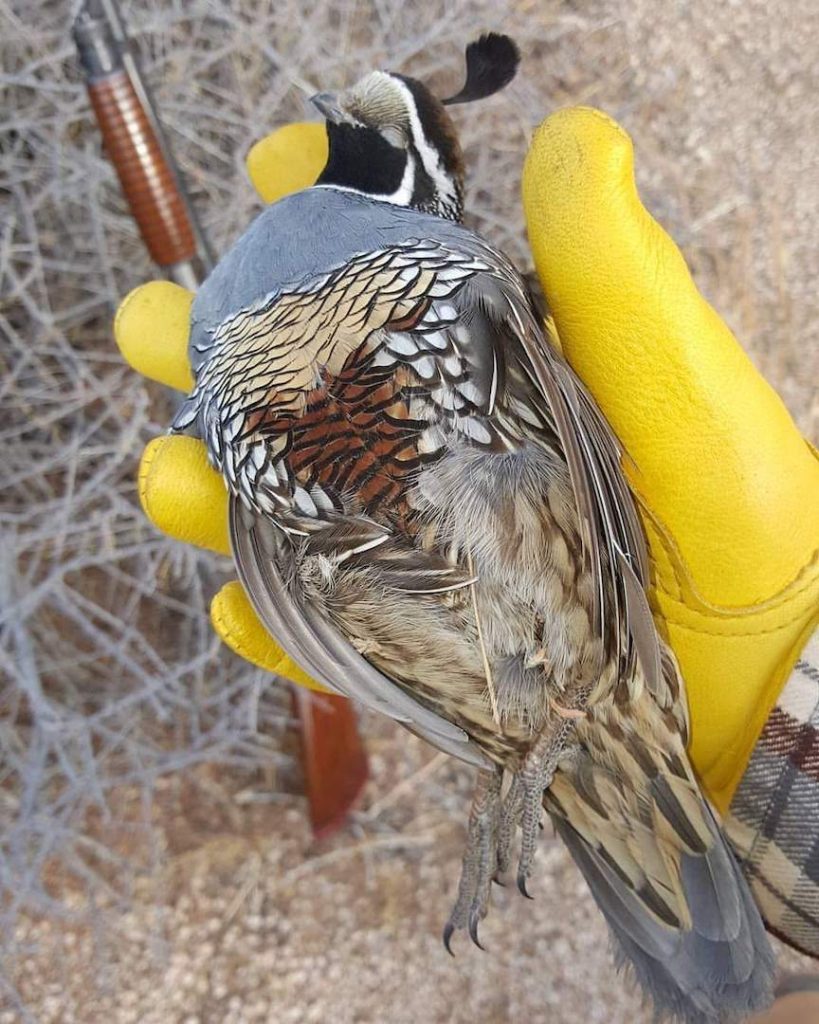
The ethics and self-discipline of shooting and retrieving downed birds
Your aim was true. A shower of feathers slowly falls to the ground. A nice, plump California quail lands a few yards away. Your eyes lock onto the downed bird and you make a beeline straight for it.
WHIIIIIIIIIRRR!
The whir of beating quail wings goes off like an A10 Warthog’s 30mm cannon burping off rounds. The hairs on your neck stand straight up, your heart skips a beat, and instinctively your eyes divert over to the freshly airborne quail. You raise your shotgun and take a shot but you miss just behind the bird!
Big mistake. In the commotion, you lose sight of the first downed bird in the brush. The tangles of grass, brambles, and briars obscures your search for the downed bird. Did it hit the ground and run? Or did the coloration make it so perfectly camouflaged with its surroundings that you walked over it a dozen times without seeing it?
One of the virtues of a bird dog is the ability to locate and retrieve downed birds. Without this advantage, it is your responsibility to make every effort to ethically retrieve a downed bird. That often means not taking your eye off it after the shot and its eventual descent to earth. “Marking” the bird by keeping your eye on the downed bird is the best way to ensure you can ethically locate and retrieve a bird. While you are eye-balling the downed quail, take the straightest line towards it—never take your eyes away.
The part that takes the most discipline is resisting the temptation of shooting more birds while you are en route to the first downed bird. Giving in and taking shots increases the chances of losing the first or multiple birds. I’ve seen it happen to over-zealous upland hunters more times than I care to count.
One trick that I use if I happen to reach the first downed quail while other birds are flushing is to drop my hat on top of the dead bird. I’ll take follow up shots on multiple birds this way, retrieve that bird, and then return back to my hat and pick up the first bird. I personally refrain from taking risky shots at quail if the brush is too thick and chances of losing a bird are too high. Use your best judgement.
Recommended shot and chokes for California quail
To mitigate “cripples”, I use a 12-gauge and I prefer to use bismuth loads with No. 6 shot. Some may think this overkill, but I want to ensure quick and fast kills. I personally find that I have better success this way than with other gauges or shot sizes. Use what you are comfortable with carrying for long hours, though. A 12-gauge can get a bit heavy after a day of hunting.
I’ve killed plenty of birds with steel shot, but my personal experience with steel shot is that it has caused a lot more cripples than I am comfortable with. Science tells us that steel loses velocity quicker than lead or bismuth as it is not as dense as those alternatives. If you must use steel shot, I recommend upping the shot size. If you typically use No. 7 1/2 lead shot, you should bump up to No. 6 steel, and so on. Don’t get me wrong; plenty of hunters do well with steel and as long as you do your homework and take time to pattern out the right load, you’ll do just fine.
I also typically run a light-modified choke. In my opinion, this is the most perfectly versatile, all-around choke for upland game. Most of my shots are going to happen within about 30 yards and the light-mod choke does fantastic within this range.
Pay attention to the puff of feathers after connecting with your shot. A hard hit usually means a lot of feathers. Little to no feathers is not always a good sign. In the event that you cripple a bird and it hits the ground running, I would say that it is permissible to ground swat a bird. This is taboo, I know. But if you can safely do so and you’re 100 percent certain you hit the bird and it’s at risk of running into a craggy hole, take your shot.
Don’t feel too bad or dissuaded if you ever lose a bird. I’ve seen dogs and trainers alike lose a bird or two in the brush, in packrat dens, or in the rock piles. It happens. However, as an ethical hunter, it is your duty to make every attempt to retrieve downed birds. As a dogless hunter, I feel it is my burden to hold myself to a higher standard of ethics; if it takes me half an hour to retrace my steps to find a downed bird, I will do so. Luckily, I have not had to walk away from searching for a downed bird not more than three times. It’s a bad feeling that I don’t want to revisit, so I take every step and use these methods to safeguard against losing birds.
The best preventative measure you can take for ensuring quick and clean kills (and easier retrievals) is to become proficient with your shotgun. Having the ability to hit your target confidently and consistently comes from lots of practice with your shotgun.
This whole dogless quail hunting deal may only be a temporary stop in your upland hunting career. There is nothing wrong with that. A lot of upland hunters have started out this way. There might finally come a day when the stars align and you jump all-in and make that commitment to train and own a bird dog. Training and hunting with a great bird dog is an art form and, despite what you think you know about me, I have a deep admiration and respect for a well-trained bird dog and the heritage that comes with it. As for me? You’ll still find me out there chasing after California quail in the hills with a couple of birds in the Filson vest, an Ithaca 37 slung over my shoulder. I’ll be cherishing the moment and reveling in the challenge. No German Pointer. No Labradoodle. No fancy AKC papered NAVHDA champion in tow. Just me and the birds. No dog? No problem.
“¡Sin perro, cabrones!”



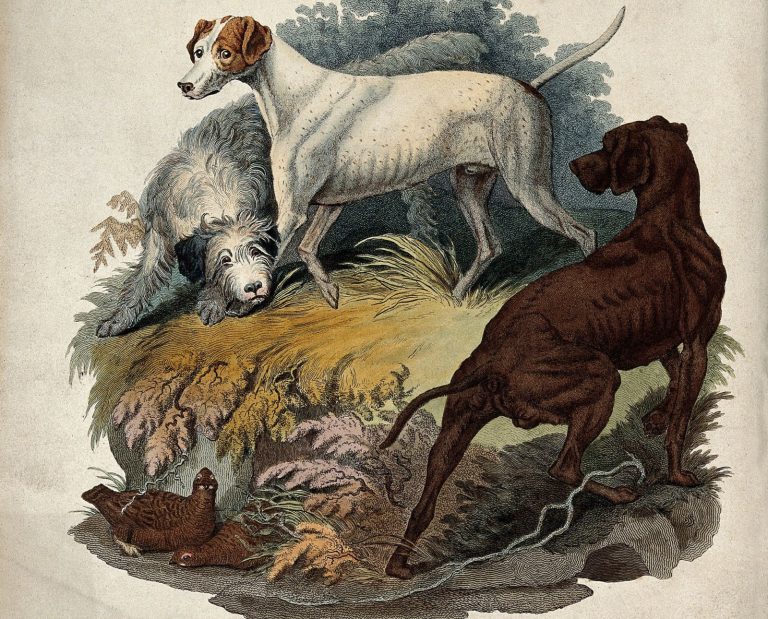
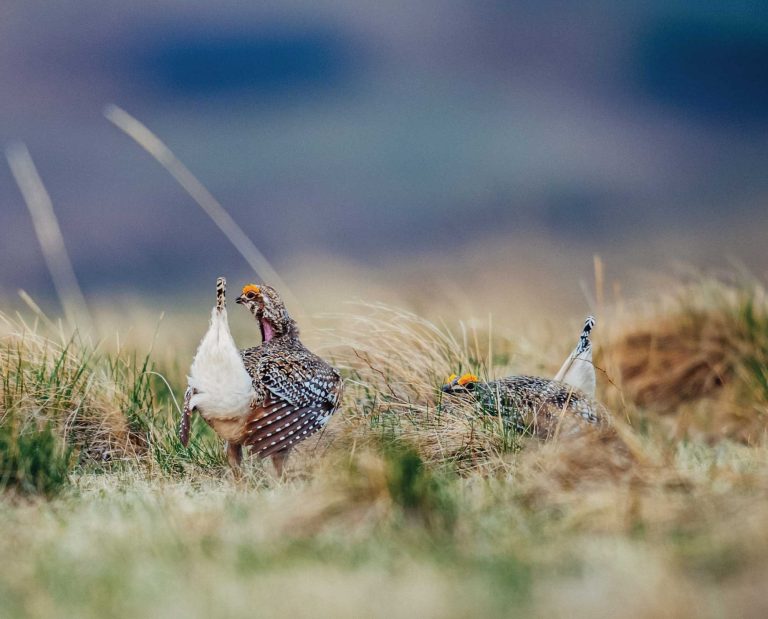
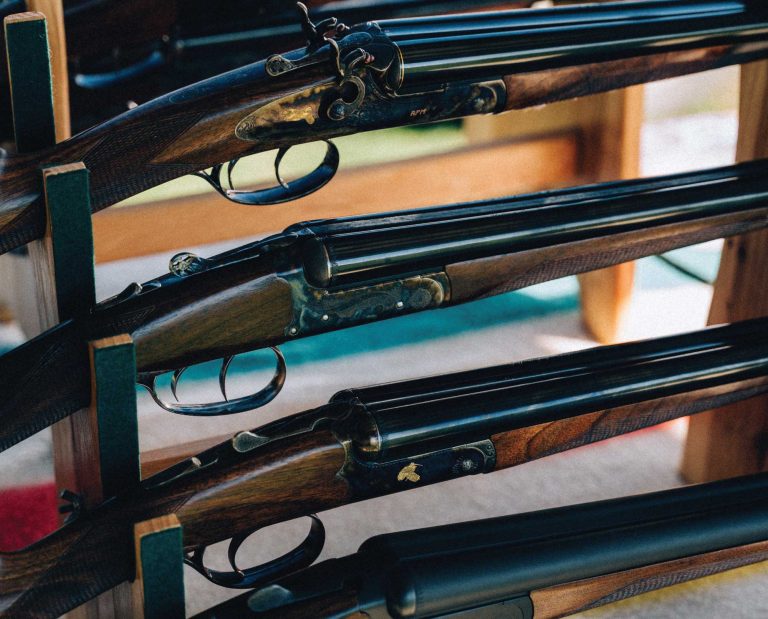
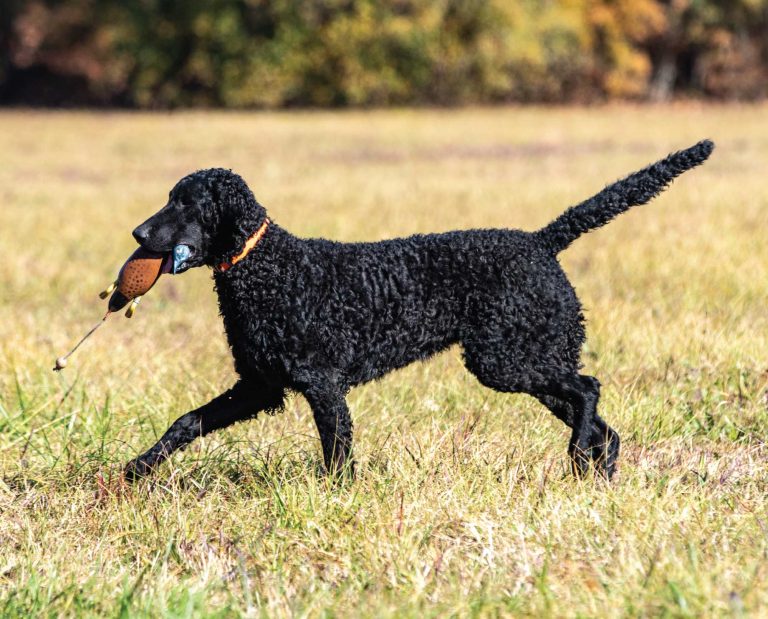
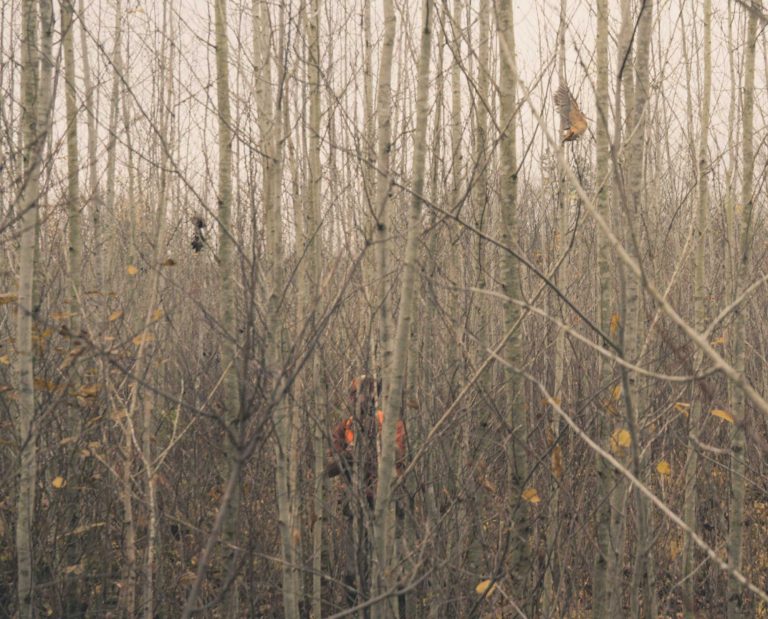
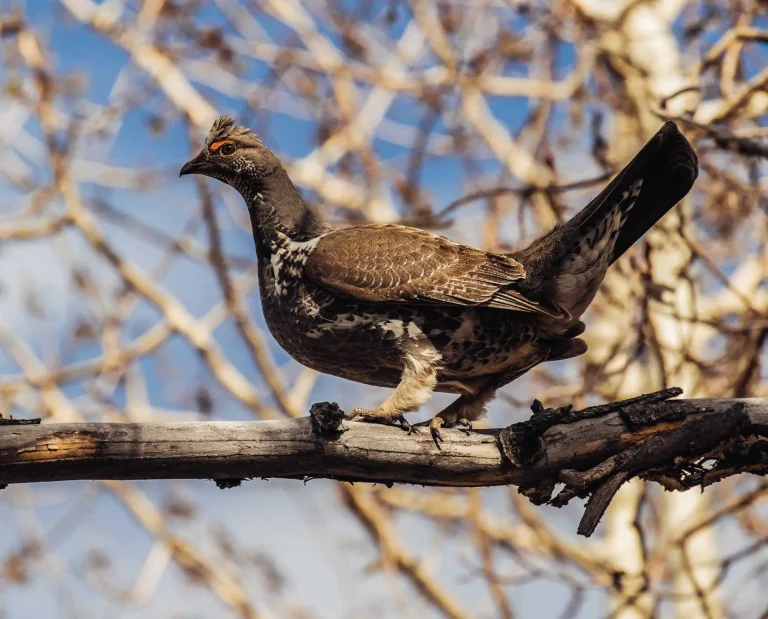
Why do you have to hunt quail or any other bird? Are you not able to afford buying what you need in a grocery store.? I am not a fan of hunting for pleasure.
Excellent article for those of us who hunt without a dog.
Also nice to see Raza out in the field putting in work!